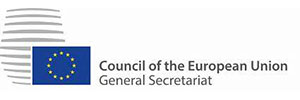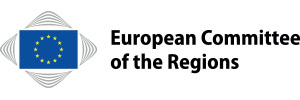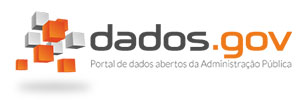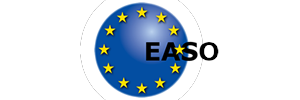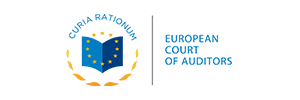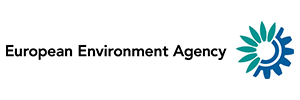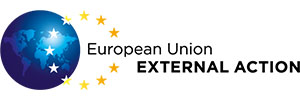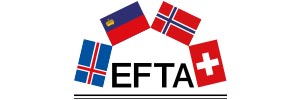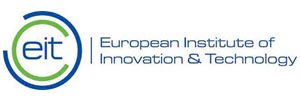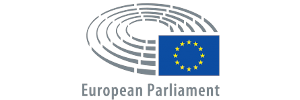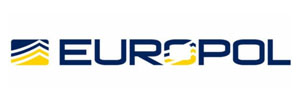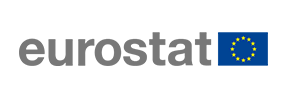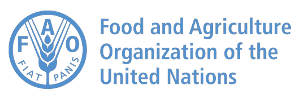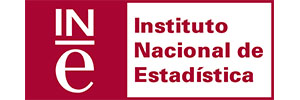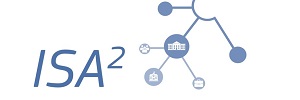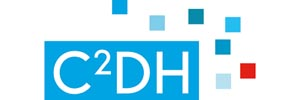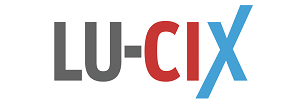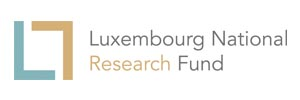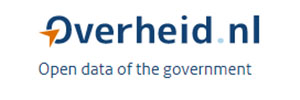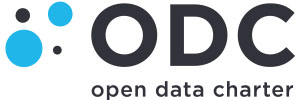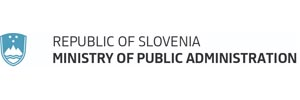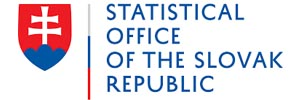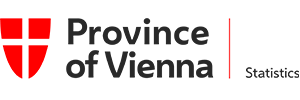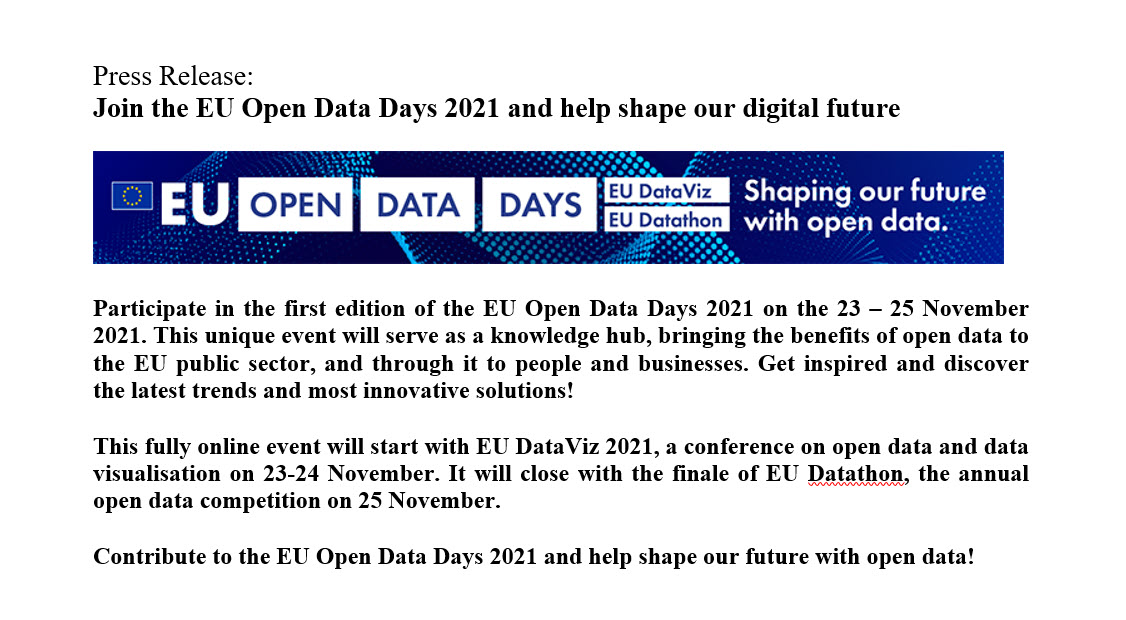WINNERS OF EU DATATHON 2021
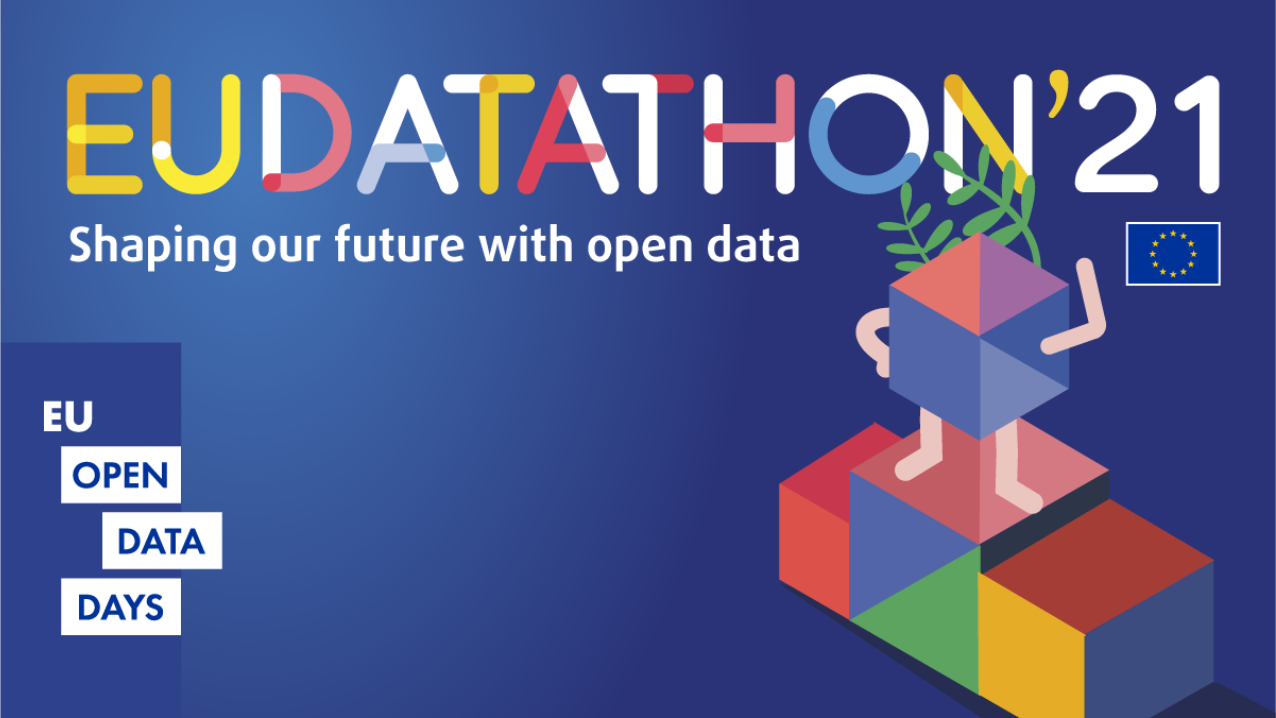
The fifth edition of EU Datathon culminated with the online finals on 25 November 2021. The nine finalist teams, shortlisted from 96 submissions of original ideas on how to exploit EU open data, presented their applications in front of the competition jury and a world-wide audience.
The jury of 18 open data specialists, chaired by Per Nymand-Andersen, advisor to senior management at the European Central Bank, announced the winners for each of the three challenges of this year´s EU Datathon, and the Public Choice Award.
Challenge 2:
An economy that works for people
Challenge 3:
A Europe fit for the digital age
News
Shaping our digital future with the first EU Open Data Days
The first ever EU Open Data Days took place online from 23 to 25 November 2021. The event comprised EU DataViz, an international conference on open data and data visualisation, followed by the finals of EU Datathon, the annual open data competition.
The EU Open Data Days were designed to be relevant to all open data stakeholders and data reusers, with a special emphasis on the needs of the EU´s public sector. The event brought together more than 2.000 data enthusiasts, data visualisation experts and solution-seekers, and many more viewers via live stream sessions. On the stage, different sectors of the society were represented, with speakers bringing their experience from public administrations, universities and international organisations such as the World Bank.
The EU Open Data Days were opened by Hilde Hardeman, the newly appointed Director-General of the Publications Office, and showcased several high-profile keynote speakers. Xavier Bettel, Prime Minister of Luxembourg, highlighted the priority that the government of Luxembourg gave to digital transformation, and Johannes Hahn, European Commissioner for Budget and Administration, provided the context for the Commission´s vision of digital transformation of the EU by 2030. Inspiring remarks about the future of open data were delivered by Boštjan Koritnik, Minister of Public Administration of Slovenia, representing the Slovenian Presidency of the Council of the European Union, and Pascal Leardini, Deputy-Secretary-General and Chief Operating Officer of the European Commission.
EU DataViz 2021 (23 – 24 November 2021)
The EU Open Data Days started with the EU DataViz 2021 conference, aimed at sharing experience and best practices related to open data and data visualisation. Day 1 explored open data as a key enabler of digital transformation. In a plenary session, Yvo Volman from the European Commission presented the EU perspective on open data and detailed its plans for building a single European market for data. Specialised sessions addressed topics ranging from the interoperability and accessibility of EU open data to the creation of open data ecosystems and a lot more.
Day 2 centred on data visualisation. Sixtine Bouygues from the European Commission, highlighted the benefits and challenges of data visualisation for the EU administration, and Valérie Saintot from the European Central Bank focused on data visualisation as a vector of innovation. Break-up sessions inspired discussions about data visualisation as a tool for discovering new knowledge through storytelling, and explored internationally successful data visualisation projects, together with the latest trends in the field.
EU Datathon (25 November 2021)
The EU Open Data Days closed with the finals of EU Datathon, the annual EU open data competition. Nine finalist teams, selected from almost 100 submissions coming from 33 countries, competed in three categories, aligned with the European Commission’s political priorities.
Prior to the finals, the teams presented their ideas for apps built on EU open data in a series of videos. On 25 November 2021, they pitched the fully functioning apps to the jury and the audience. Up for grabs was the prize fund of EUR 99 000, together with the Public Choice Award. In his keynote speech, Commissioner Johannes Hahn praised the teams´ innovative approaches and solutions to help Europe address its key challenges: ‘Moving forward, is not solely constrained by a lack of technology, but often by a lack of an appropriate mindset... You have created meaningful new projects and developed functioning applications to address crucial challenges.’
Agenda, 25 November 2021
| Opening | ||
|---|---|---|
| 9.00 |
 |
Opening speech Hilde Hardeman (Director-General of the Publications Office, nominated) |
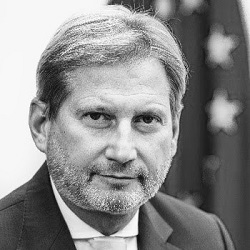 |
Keynote speech Johannes Hahn (European Commission, Commissioner for budget and administration) |
|
| Challenge 1: ‘A European Green Deal’ | ||
| 9.15 |
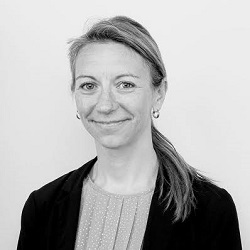 |
Opening speech Suzanne Dael (European Environment Agency, Expert) |
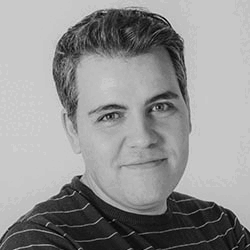 |
Finalists showcase their apps cleanSpot, FROG2G and The Carbons |
|
| Break | ||
| Challenge 2: ‘An economy that works for people’ | ||
| 10.00 |
 |
Opening speech Aleš Veršič (Slovenian Ministry of Public Administration, Head of the Slovenian open data portal) |
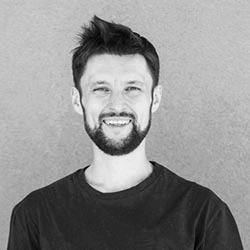 |
Finalists showcase their apps CityScale, ITER IDEA and PowerToYEUth |
|
| Break | ||
| Challenge 3: ‘A Europe fit for the digital age’ | ||
| 10.45 |
 |
Opening speech Reet Sommer (European Parliament, Head of data management, document production unit) |
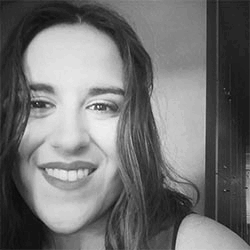 |
Finalists showcase their apps Democracy Game, TrackmyEU and VislmE-360 |
|
| Break | ||
| Awarding of prizes and public choice award | ||
| 12.00 |
 |
Awarding winners chaired by jury president Per Nymand-Andersen (European Central Bank, Adviser to senior management) |
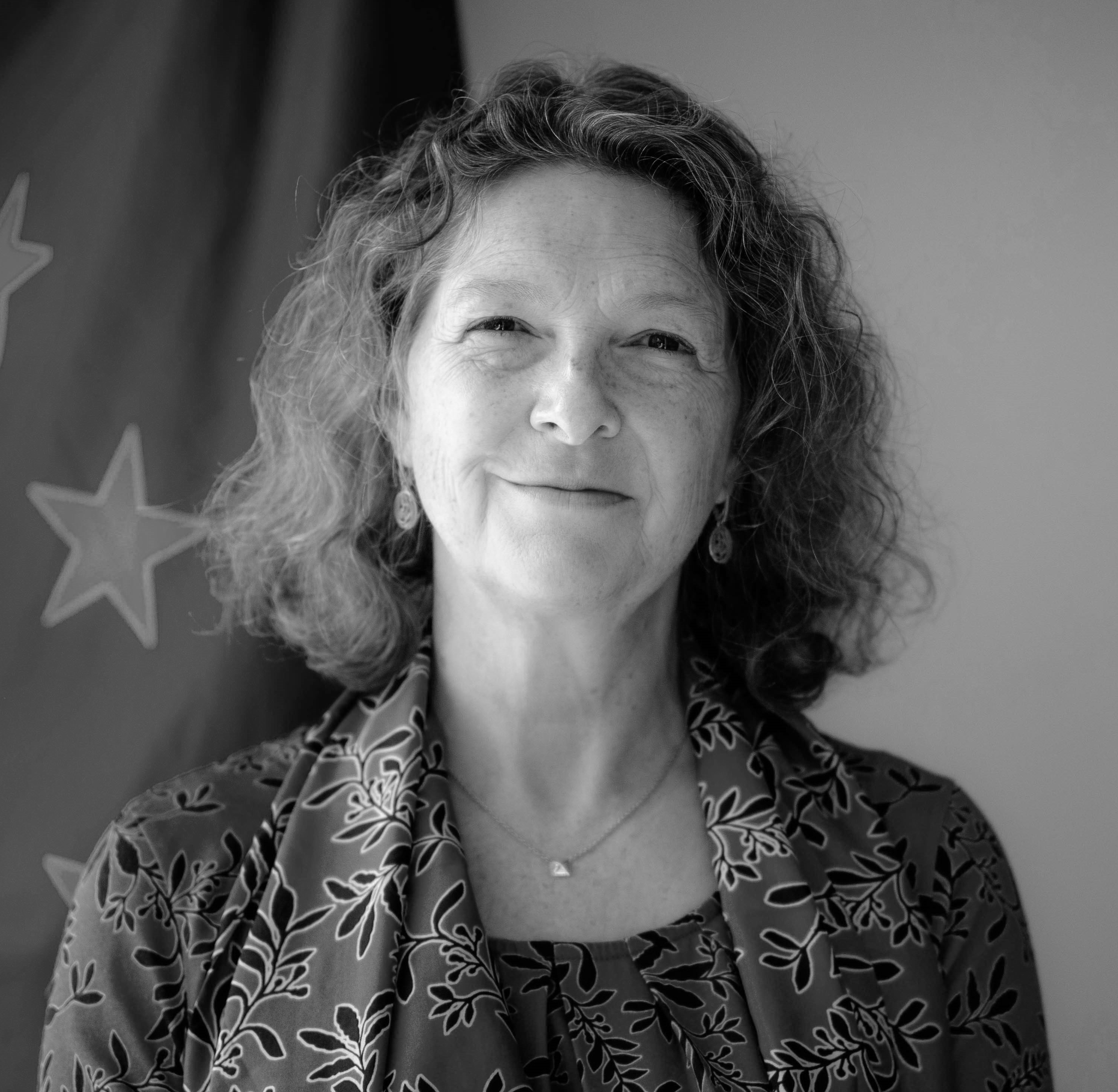 |
Keynote speech June Lowery-Kingston (European Commission, Head of unit accessibility, multilingualism and safer internet) |
|
Speakers

Jennifer Baker
Moderator
EU tech policy reporter

Hilde Hardeman
Publications Office
Director-General (nominated)

Suzanne Dael
EEA
Expert

Johannes Hahn
European Commission
Commissioner
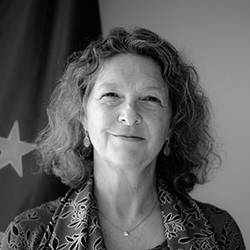
June Lowery-Kingston
European Commission
Head of unit
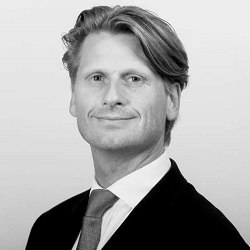
Per Nymand-Andersen
European Central Bank
Adviser

Reet Sommer
European Parliament
Head of unit

Aleš Veršič
Open data Slovenia
Project leader
Jury members

Maria Apostolou
Publications Office
Knowledge management

Alexandra Balahur
European Commission
Project officer
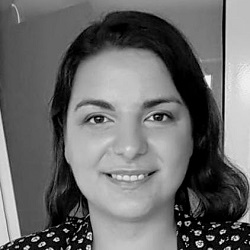
Corina Buruiana
European Commission
Policy officer

Tim Collart
EMODNET
Marine data analyst

Suzanne Dael
EEA
Expert

Tony Fujs
The World Bank
Data scientist

Agnieszka Jasiczek
Publications Office
Knowledge management

Maciej Lopatka
EISMEA
Policy adviser
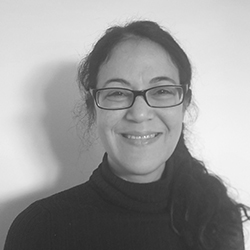
Hagar Lowenthal
Publications Office
Knowledge management
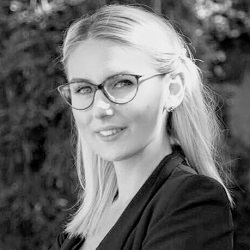
Alina Nicolae
European Commission
Project manager

Jacek Maślankowski
Statistics Poland
Consultant

Per Nymand-Andersen
European Central Bank
Adviser

Carlos Perez
Publications Office
External expert

Spyridon Pilos
European Court of Auditors
Principal manager

Reet Sommer
European Parliament
Head of unit

Aleš Veršič
Open data Slovenia
Project leader

Raymonde Weyzen
Capgemini Invent
Consultant

Julia Zagrodzka
Publications Office
Project assistant
Jury members for the accessibility award
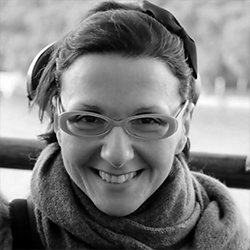
Anna Evangelinou
European Parliament
SPOC for Accessibility
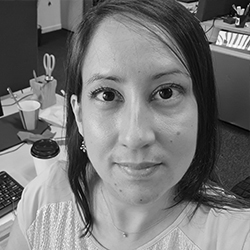
Helen Dobby
European Commission
Accessibility coordinator
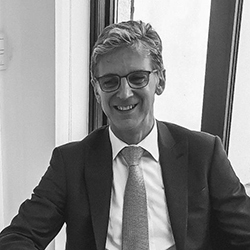
Luc Gillis
European Commission
Representative

Pal Jancsok
Publications Office
Head of sector

Tanja Kleut
European Parliament
ICT Accessibility Specialist

Robin Massart
European Commission
Web Accessibility Directive
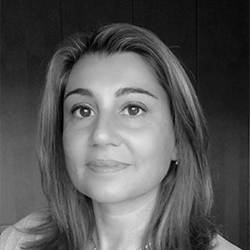
Paola Pepe
European Commission
Web Accessibility Directive

Inmaculada Placencia
European Commission
Senior Expert in Disability
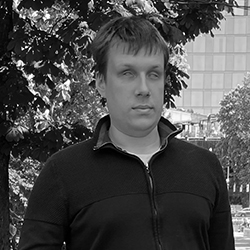
Jakob Rosin
Estonian Blind Union
Chairman

Frédéric Storme
ASDEC
Representative
Challenge 1:
A European Green Deal
cleanSpot
Boost recycling because there is no planet B
APP DESCRIPTION
The cleanSpot application provides information and locations of recycling spots (recycling centres, mobile recycling vehicles, specialised containers, etc.) in municipalities all around Spain. Users can also calculate how much CO2 emissions they save, send notices about recycling spot incidents, receive notifications when mobile recycling vehicles are around, and receive tips about recycling and energy savings.
More about the app in the interview with the team.
FROG2G
Turn your city FROm Grey 2 Green, one tree at a time
APP DESCRIPTION
By surveying capitals of EU member states, FROG2G will investigate if and why people care about forestation. Together with available statistical data, the effect of forests on our daily life will be shown, for instance in terms of air quality. An interactive visualisation tool will show how many forest areas cities have, where they are, and which type of trees are planted there. Ultimately, this aims to encourage the process of afforestation in the EU.
More about the app in the interview with the team.
The Carbons
Fuel your body without fouling the Earth
APP DESCRIPTION
The Carbons' application aims to educate people about their carbon footprint and help them make conscious food choices. This, in turn, helps to make the food system more sustainable. The team aims to achieve this via interactive data visualisations.
More about the app in the interview with the team.
Challenge 2:
An economy that works for people
CityScale
Planning a move? Visualise, compare and find the best place for you to live
APP DESCRIPTION
CityScale collects data on cities, and the application gauges the quality and cost of living. If you are planning a move, this real estate search service visualises, compares, and finds the best place for you to live.
More about the app in the interview with the team.

Alexander Go
Ukraine
ITER IDEA
Finally, a portal facilitating women’s mobility in Europe
APP DESCRIPTION
ITER IDEA aim to fight youth unemployment and connect young people (specifically women aged 15 – 32) to opportunities abroads. On the portal, users can indicate their field of study, the languages they speak, and their budget; this information is then matched to specific European areas and regions.
More about the app in the interview with the team.
PowerToYEUth
Find public funding for your SME, and boost youth employment
APP DESCRIPTION
PowerToYEUth aims to tackle youth employment by showing the regions with the high levels of youth unemployment and highlighting the benefits of hiring young people for SMEs. The application will also help to find and make use of EU funds and get in touch with start-up incubators in Europe.
More about the app in the interview with the team.
Challenge 3:
A Europe fit for the digital age
Democracy Game
Try your hand at politics with a virtual debating tool
APP DESCRIPTION
With the purpose of engaging citizens in politics, Democracy Game will host virtual debates, competition, and polls like a social networking app. Users will be able to create virtual clubs, enter a virtual “townhall”, discover EU datasets, take the floor and express their arguments, record their performance, and connect with peers.
More about the app in the interview with the team.

Dimitrios Lampiris
Greece
TrackmyEU
Explore EU policies, track your interests, and make your voice heard in Brussels
APP DESCRIPTION
TrackmyEU aims to bring EU decision-making closer to citizens. The app will allow you to find information on EU policies, and sort, rank, and filter this information based on your interests and preferences.
More about the app in the interview with the team.
VislmE-360
Get a 360ᵒ view of vision impairment in the EU
APP DESCRIPTION
VisImE-360 offers a tool that helps allocate resources for visual impairment corrections or medical aid. A wide set of indicators will help stakeholders to map vision impairment, draw comparisons between various countries, plan public health actions, and improve access to treatment.
More about the app in the interview with the team.
Proposals
EU Open Data Days collect 247 submissions of proposals
A call for submissions of proposals closed on 21 May 2021, has attracted 247 proposals for both parts of the event, with 151 proposals to shape the programme of EU DataViz and 96 ideas for open data applications to compete in EU Datathon. The proposals are now being evaluated by the two programme committees and the contributors will be notified about the results in the course of June and July, respectively.
Looking at the geographical origins of the submissions, they come from across Europe and far beyond, representing 47 countries, including 24 EU Member States. The represented sectors are equally diverse, covering the private sector as the one most represented, followed by academia and the public sector. Building on such diversity, the first EU Open Data Days promise inspiring and highly relevant events for all segments of society.
In a nutshell
What is it about?
The fifth edition of EU Datathon, the open data competition, has been launched on the Open Data Day on 5 March 2021.
Online from Luxembourg to the world, it is organised by the Publications Office of the European Union as part of the first EU Open Data Days which includes also EU DataViz.
To take part, you should propose the development of an application that links and uses open datasets.
Your application should showcase opportunities for concrete business models or social enterprises. It is also expected to find suitable new approaches and solutions to help Europe achieve important goals set by the European Commission through the use of open data.
What are the challenges?
- Challenge 1: ‘A European Green Deal’
- Challenge 2: ‘An economy that works for people’
- Challenge 3: ‘A Europe fit for the digital age’
What are the prizes?
This is your chance to demonstrate the potential that open data presents in today’s society and, of course, your creativity and talent. It is also your chance to claim your share of the total prize fund amounting to EUR 99 000.
Nine winning teams, three teams per challenge, will be shortlisted. If you are among them, you will be invited to develop your application and present it online on 25 November 2021.
The final ranking of the winning teams for each challenge will be decided at this event and the teams will be awarded the following prizes for each of the challenges:
- First place: EUR 18 000
- Second place: EUR 10 000
- Third place: EUR 5 000
Webinars
Webinar 1
Webinar 2
Webinar 3
Webinar 4
Testimonials
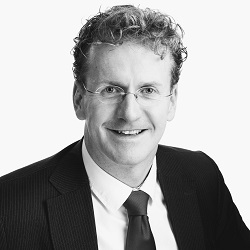
Companies here have shown massive creativity fueled by open data. Now public administrations need to step up to the plate and open up even more.
Dinand Tinholt
Capgemini Invent
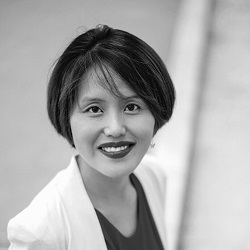
We were very happy to see all the participants with their nice ideas and implementation.
Miwon Seo
Medicatio
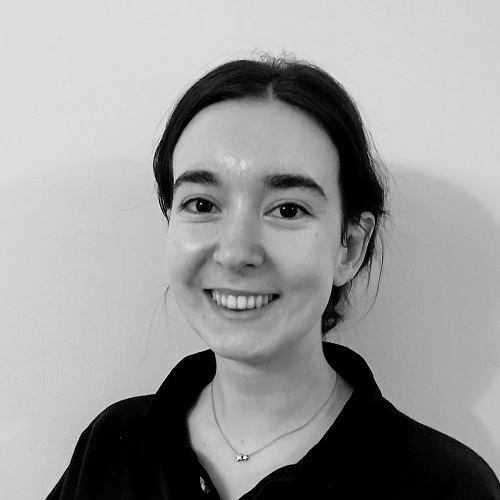
EU Datathon was a real challenge, but it made us work harder to achieve our goals. Being selected as a finalist was an honor and offered us a lot of visibility.
Paula Sans
Dataseeds
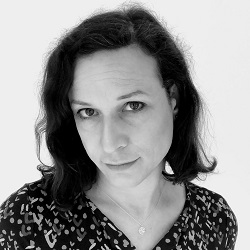
With such diversity of ideas on how to make use of EU data, it was a difficult challenge to judge, but inspiring to see the potential there is for adding value to this data!
Tess Bending
European Investment Bank

EU Datathon was a great learning experience for our organisation and winning our category has provided us with a solid basis for taking data, analytics and AI for democracy to the next level.
Michael Jensen
Next Generation Democracy
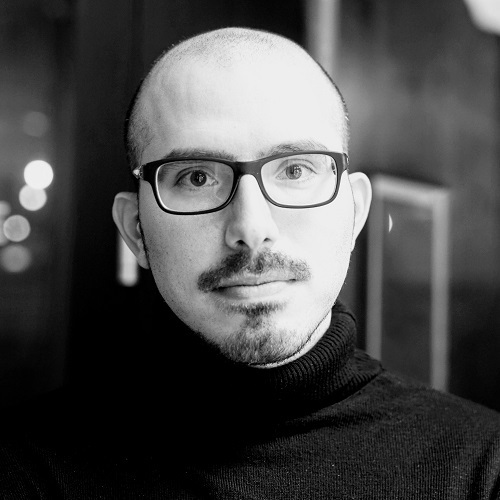
EU Datathon was a unique opportunity to showcase what the endless amount of possibilities are when you combine European open datasets with innovative, young and entrepreneurial spirits.
Vasileios Bouzas
geoFluxus
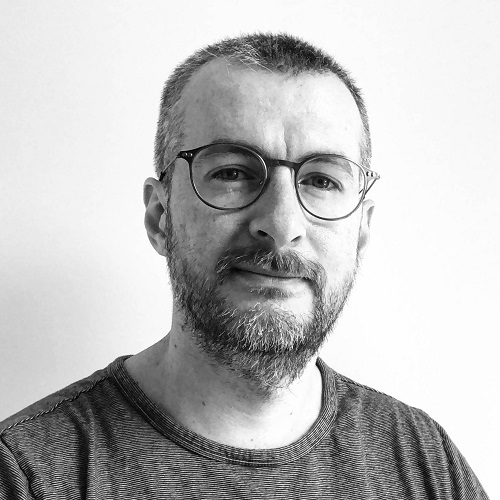
Regardless of who gets what prizes, we're all winners, it's been real fun to be part of this.
Giuseppe Sollazzo
EU-Twinnings
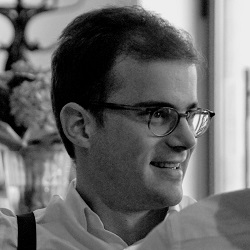
It was our first prize and we needed this visibility as a new company.
Andreas Thanopoulos
C4P.io
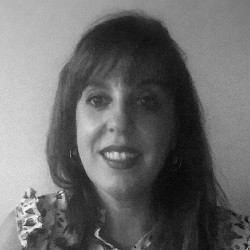
EU Datathon gave me strength to go even further.
Teresa Barrueco
EURI Trends

Participating in the EU Datathon was a wonderful challenge and lots of fun. It turned out to be much more valuable than I could ever had imagined.
Flemming Madsen
Tenderlake
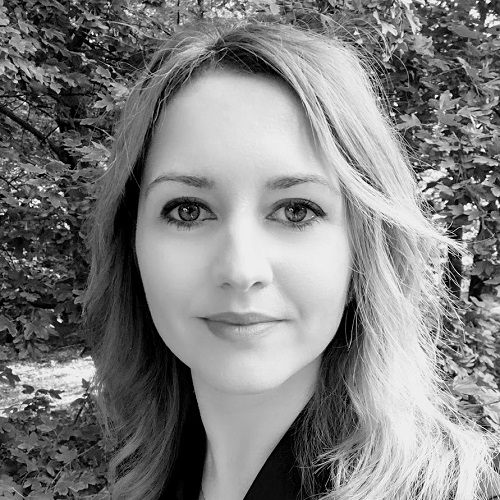
This was a great journey and opportunity. Ideas count, having the chance to implement them make the difference!
Brunilda Cullhaj
Elaboro

It was challenging and inspirational at many levels. Without the platform my innovation would have never become a reality.
Ronnie Das
Team Finline

EU Datathon has been amazing and interesting with tangible proposals.
Cesare Mazza
European Food Safety Authority
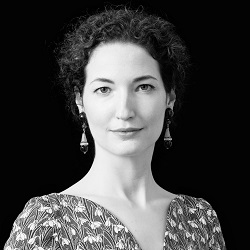
EU Datathon changed our perspective on open data and opened up new areas of business for us – the whole experience was phenomenal!
Veronika Haberler
The Smartfiles Network
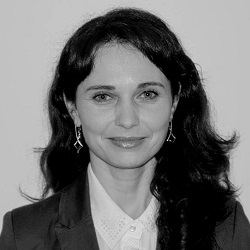
We can also draw conclusions about the data we publish, its quality and documentation.
Agnieszka Zając
Publications Office of the EU
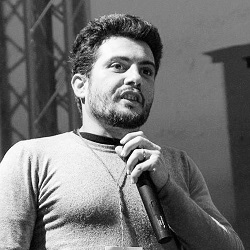
We were here to create a new network to enlarge our business vision.
Francesco Lo Truglio
Coffice
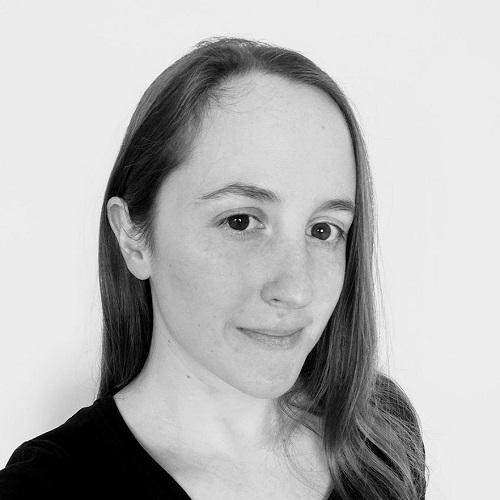
It's been a great experience that allowed us to further explore the potential of open data and see the creative ideas developed by all finalist groups.
Chiara Girardelli
EU Integrity Watch
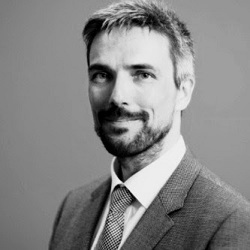
EU Datathon is a great showcase, giving start-ups and established companies a platform to show what is possible with existing EU datasets. Curious what the next edition will bring.
Andreas Belschner
Salesforce

Besides the opportunity to meet new people and have great feedback on your work, we valued EU Datathon as a great way to be introduced to new ideas and different implementation approaches.
Loana Elisabeta Maier
2 Think
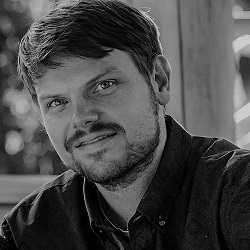
Participating in the EU Datathon was perfect for making Lexparency known and receiving recognition from a respected jury. I still draw on that today.
Martin Heimsoth
Lexparency

I am impressed by the time-to-market of these bright youngsters to create new digital data services bringing insights by combining open data sources.
Per Nymand-Andersen
European Central Bank

A great opportunity to develop ideas into a concrete product and to get valuable feedback!
Ida Peltonen
Investment Info
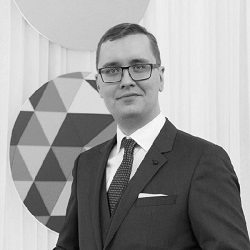
The apps contribute greatly to the business environment and transparency.
Margus Mägi
Human Dynamics
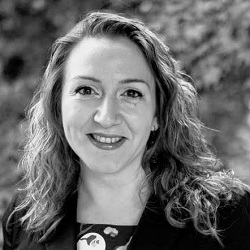
EU Datathon is a truly inspiring event, bridging the wealth of data of EU institutions with highly skilled, knowledgeable, creative and enthusiastic teams all over Europe.
Alexandra Balahur
Joint Research Centre of the European Commission

It gave an opportunity to demonstrate what we can achieve with open data. The superb experience is still fresh and is unforgettable.
Anoop Kumar
PublicBI

The EU Datathon showed me the importance of giving back data to public.
Karina Krampf
LightOnEurope

EU Datathon shows EU’s commitment to open data as a way to improve the daily lives of Europeans.
Pierre Slamich
Open Food Facts
Rules
OUTLINE
What is EU Datathon?
It is an annual open data competition organised by the Publications Office of the European Union. The fifth edition of the competition is supported by the Digital Europe Programme of the European Union, which aims to drive the digital transformation of Europe.
The aims of the competition are to demonstrate the value of open data and to showcase opportunities for business models. Participating teams are requested to create a mobile or web application by using open datasets.
PARTICIPATION
The rules are based on Article 206 and 207 of the financial regulation. The competition will respect the principles of transparency and equal treatment.
- The competition is open worldwide to anyone who is interested in creating a profit or non-profit (social) business model through data exploration and/or in creating open data prototype products based on open and public data.
- A team can be composed of one or more individuals (up to 4), one or more companies or one or more other legal entities.
- The competition is not open to staff working in the EU institutions, agencies, bodies, partnering organisations or contractors of the Publications Office.
CHALLENGES
The competition consists of three challenges. Each challenge is organised as a separate competition of equal importance (separate registration, shortlisted teams, presentations, and prizes). Teams may participate in any or all of the following challenges.
Challenge 1: ‘A European Green Deal’
- The European Green Deal is the plan to make the EU's economy sustainable and to transform the Union into a modern, resource-efficient, and competitive economy. Demonstrate how open data can support this plan. Develop apps (or services) that could be used to create a greener Europe, to boost efficient use of resources or to restore biodiversity and reduce pollution.
- Combine at least one dataset from data.europa.eu with any other publicly available dataset(s).
Challenge 2: ‘An economy that works for people’
- The EU’s unique social market economy allows economies to grow and to reduce poverty and inequality. With Europe on a stable footing, the economy can fully respond to the needs of people in the EU. Demonstrate how open data can support this effort. Develop apps (or services) for the public, for businesses, or for public administrations to create a deeper and fairer economic and monetary union, to boost investment and jobs creation or to address youth unemployment.
- Combine at least one dataset from data.europa.eu with any other publicly available dataset(s).
Challenge 3: ‘A Europe fit for the digital age’
- The EU aims at a digital transformation that works for people and businesses. Demonstrate how open data can support this transformation. Develop apps (or services) that improve data skills, increase connectivity, or make data more understandable for everyone. Teams are invited to draw upon the European Data Strategy and how to build sustainable European data spaces in the domains of public procurement, law, and open data.
- Combine at least one dataset from data.europa.eu with any other publicly available dataset(s).
TIMELINE

Step 1 — Competition is launched
The launch is published on the competition website on 5 March 2021.
Step 2 — Proposals are submitted
Participating teams should register their proposal by 21 May 2021 by 23:59 CET (Central European Time).
Step 3 — Shortlisted teams are announced
The proposals are evaluated by the jury of the preselection phase. All participating teams will be notified about the results of the challenge they compete in via email by 11 June 2021.
Step 4 — Video teaser is submitted
Each shortlisted team must produce a 60-second teaser, in which they present their app and the team working on it, by 1 August 2021.
Step 5 — Winning apps are selected
The shortlisted teams will present their apps (or services) online at the competition finals on 25 November 2021, where the final evaluation and selection of winning apps will take place.
EVALUATION
Phase 1 — Preselection
Preselection will take place after the closing date for submitting proposals (short descriptions of the idea/app). Proposals within each challenge will be evaluated by a preselection jury that shall be composed of experts from within and outside EU institutions and agencies.
During this phase, the jury will assess each submitted proposal against the preselection award criteria (table below). For each challenge, a maximum of three teams having scored the highest number of points will be shortlisted. All participating teams will be notified about the preselection results of the challenge they compete in.
| Preselection award criterion | Points |
|---|---|
|
Relevance
|
100 |
Phase 2 — Final selection
The shortlisted teams (three per challenge) will be invited to develop their proposals into applications. They are required to fill-in a dedicated feedback report on the datasets they used and submit it with the final app.
The Publications Office will offer the finalists (shortlisted teams) rehearsals of their pitches and presentations before the finals.
On the day of the competition finals, the apps presented within each challenge will be evaluated by a jury consisting of at least five experts from within and outside the EU institutions and agencies. The shortlisted teams will be ranked against each other with the final award criteria in mind. The team with the best ranking across the jury will win the challenge. These sets of rules will provide a level playing field to all the competitors by considering the maturity of the proposed app at the date of submission.
Shortlisted teams that do not deliver a developed app will not be entitled to continue participating in the competition finals. Thus, they cannot claim any prize award.
| Final award criteria |
|---|
|
Relevance
|
|
Open data reuse
|
|
Fitness for purpose
|
PRIZES
The total award fund for the competition amounts to EUR 99 000 (EUR 33 000 for each challenge) and will be split in the following order for each challenge. No extra costs will be reimbursed.
| Place | Prize money |
|---|---|
| 1 | EUR 18 000 |
| 2 | EUR 10 000 |
| 3 | EUR 5 000 |
ACCESSIBILITY AWARD
For the first time, the Directorate-General for Communications Networks, Content and Technology (DG CONNECT) is offering a special Accessibility Award at the EU Datathon 2021.
The winning team having developed the most accessible app - if any - will be invited as keynote speaker to a web accessibility event, organised to mark the publication of the Web Accessibility Directive review in 2022 (event to be held is subject to 2022 budget availability).
The winners will have the opportunity to present their app to an audience composed of representatives of Member States’ ministries of digital and of national agencies in charge of the implementation of the Web Accessibility Directive.
The event is foreseen to take place in Brussels on 30 June - 1 July 2022, and travel and accommodation costs for a maximum of 4 members per team will be at the charge of the Commission. Please note that if for any reason the physical event is converted into an online event, no cash equivalent will be offered in lieu of travel and accommodation costs.
TIPS
- Choose a short, meaningful and catchy name for your team.
- Consider creating a Twitter account for your team.
- For the teasers, a briefing note with more info will be provided to the shortlisted teams. Images and footage from stages as early as team building, or brainstorming can be of great value for your team’s teaser.
- Check out the finals of previous editions, teasers and testimonials on YouTube to be inspired.
- Take harmonised, high-quality photos of your team members for the website.
ANNEX
Clarifications
Participants may request any clarification up to five (5) working days before the closing date for submitting proposals. Requests for clarification should be submitted in writing to the following email address: op-datathon@publications.europa.eu.
Payment of awards
The payments of awards are subject to the registration of the winners in the legal entity form and bank account file database of the European Commission. For this purpose, after being notified of the award, winners are required to provide the necessary supporting documents duly signed and stamped where necessary. Additional information as well as the forms for the creation of the forms can be downloaded here. The Publications Office and its partners take no responsibility regarding the distribution of the awards within the teams.
Cancellation of the competition
The Publications Office reserves the right to cancel the competition before the competition finals without any obligation to indemnify the teams.
Intellectual property and copyright
In case teams use pre-existing material (such as open source) for their applications, they must guarantee that they have obtained all the necessary authorisations for such material to be used according to the rules described above. The proposal (short description of the idea/app) submitted for the preselection will remain the property of the teams (authors) and will not be made public (or disclosed) but will be accessible to the jury. The final products delivered for the final selection will remain the property of the authors but will be accessible to the jury and to all teams at the competition finals. The EU institutions, agencies and bodies will be allowed to mention, describe, and promote on their channels (websites, social media, press releases, etc.) the winning applications with due reference to the author without any further economic compensation.
Publicity
The winning applications may be featured in the ‘Applications’ section of data.europa.eu. Where appropriate, the name and copyright of the authors will be mentioned.
Processing of personal data
All personal data contained in the entry shall be processed in accordance with Regulation (EU) 2018/1725 of the European Parliament and of the Council of 23 October 2018 on the protection of natural persons regarding the processing of personal data by the Union institutions, bodies, offices, and agencies and on the free movement of such data, and repealing Regulation (EC) No 45/2001 and Decision No 1247/2002/EC . Such data shall be processed by the Publications Office solely in connection with the implementation and follow-up of the entry of the winner, without prejudice to a transmission to the bodies in charge of a monitoring or inspection task in accordance with European Union legislation.
Teams may, upon written request, gain access to their personal data and correct any information that is inaccurate or incomplete. They should address any questions regarding the processing of their personal data to the Publications Office via the contact e-mail announced in the rules of the competition. The teams may, at any time, lodge a complaint against the processing of their personal data with the European Data Protection Supervisor. On the competition website the Publications Office will publish the name of the winning teams and of their members, their locality, the prize amount and the nature and purpose of their applications. Participants may request that the Publications Office waive such a publication if disclosure risks threatening their security and safety or if it could harm their commercial interest.
Sole liability of the teams
Neither the Publications Office nor the partners may be held responsible for any claim relating to the activities carried out by teams in the framework of the competition. Neither the Publications Office nor the partners shall be held liable for any damages caused or sustained by any of the teams, including any damages caused to third parties because of or during the implementation of the activities related to the competition.
Applicable law and competent jurisdiction
The competition is governed by the applicable European Union law complemented, where necessary, by the law of the Grand Duchy of Luxembourg. The General Court or, on appeal, the Court of Justice of the European Union, shall have sole jurisdiction to hear any dispute between the EU and any team concerning the interpretation, entry, or validity of the rules of this competition if such a dispute cannot be settled amicably.
Exclusion criteria and administrative sanctions
By submitting the project description teams declare that they are not in one of the situations mentioned in Article 136(1) of the Financial Regulation. Teams who are in any of those situations or fall into other categories indicated in Article 141 of the Financial Regulation shall be rejected from participating and from being awarded a prize under the present competition. The rejection shall be without prejudice to the decision of exclusion from participating in award procedures governed by the Financial Regulation and application of financial penalties (Articles 136-140 of the Financial Regulation).
Early Detection and Exclusion System
In case the participants are in one of the exclusion situations as stated above, personal data on them may be registered in the Early Detection and Exclusion System (EDES) in line with the Articles 135, 142, 143 and 144 of the Financial Regulation. For more information, see the privacy statement for EDES.
Suspension of the competition, cancellation of the award and reduction of prize
Where the award procedure has been subject to irregularities or fraud, the Publications Office applies the measures referred to in Article 131 of the Financial Regulation.
Checks, audits, and investigations
The winning teams accept checks, audits and investigations by the European Commission, the European Anti-Fraud Office, the Court of Auditors, and the European Public Prosecutor’s Office in relation to the competition and the prize received.
Promotion material
PRESS RELEASE
Press release - after the event
|
|
|
|
|
|
|
|
|
|
|
|
|
|
|
|
|
|
|
|
|
|
|
|
|
|
|
|
|
|
|
|
|
|
|
|
|
|
|
|
|
|
|
|
|
|
|
|
|
|
|
|
|
|
|
|
|
|
|
|
|
|
|
|
|
|
|
|
|
|
|
|
|
|
|
|
|
|
|
|
|
|
|
|
|
|
|
|
|
|
|
|
|
|
|
|
|
|
|
|
|
|
|
|
|
|
|
|
|
|
|
|
|
|
|
|
|
|
|
|
|
|
|
|
|
|
|
|
|
|
|
|
|
|
|
|
|
EVENT VISUALS
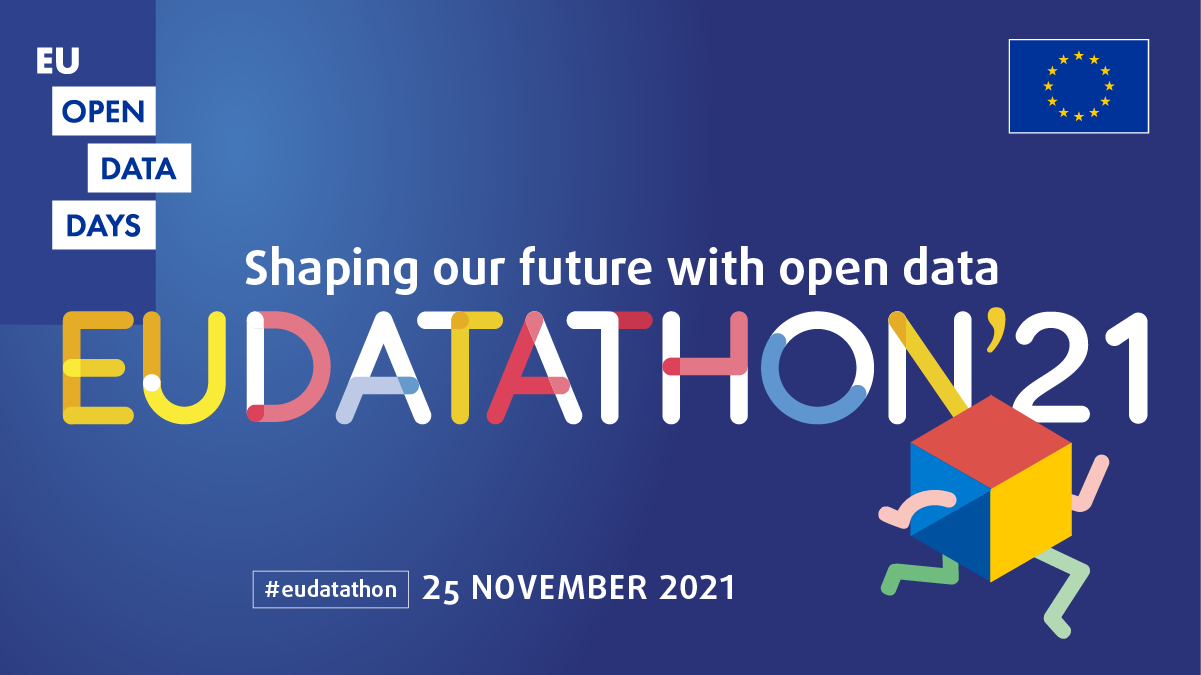 |
1201×675 | |
 |
2505×305 | |
 |
2505×305 | |
 |
2505×305 | |
 |
2505×305 | |
 |
2505×305 | |
 |
1200×675 | |
 |
1200×675 | |
 |
400×186 | |
 |
800x372 | |
 |
702×210 | |
 |
702×210 | |
 |
1200×1200 | |
 |
372×372 | |
 |
300×251 | |
 |
300×251 | |
 |
728×90 | |
 |
1457×181 | |
 |
1457×181 | |
 |
1200x1200 | |
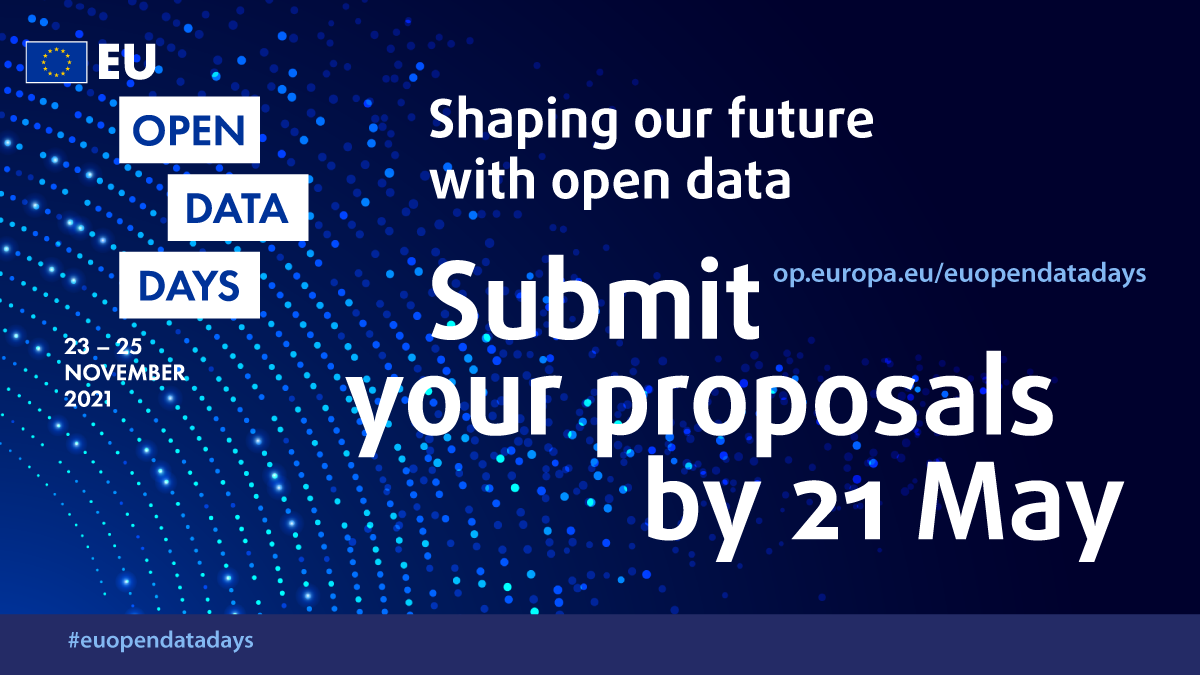 |
1200×675 | |
 |
1456×181 | |
 |
1250×182 | |
 |
1244×453 | |
 |
800×370 | |
 |
600×502 | |
 |
480×481 | |
 |
2400x1350 | |
 |
2400x1350 | |
 |
2400x1350 | |
 |
2400x2400 | |
 |
1200x1200 |
TEAMS VISUALS
 |
1200x1200 | |
 |
241x241 | |
 |
1200x675 | |
 |
1200x1200 | |
 |
1200x675 | |
 |
1200x675 | |
 |
1200x1200 | |
 |
1200x675 | |
 |
1200x1200 | |
 |
1200x675 | |
 |
1200x1200 | |
 |
1200x675 | |
 |
1200x1200 | |
 |
1200x675 | |
 |
1200x1200 | |
 |
1200x675 | |
 |
1200x1200 | |
 |
1200x675 | |
 |
1200x1200 | |
 |
1200x675 | |
 |
1200x1200 | |
 |
1200x675 | |
 |
1200x1200 | |
 |
722x544 | |
 |
722x544 | |
 |
722x544 | |
 |
1200x1200 | |
 |
1200x1200 | |
 |
1200x1200 | |
| 1200x1200 | ||
| 1200x1200 | ||
| 1200x1200 | ||
 |
1200x1200 | |
| 1200x1200 | ||
 |
1200x675 | |
 |
1200x675 | |
 |
1200x675 |
REGISTRATION VISUALS
 |
1200x675 | |
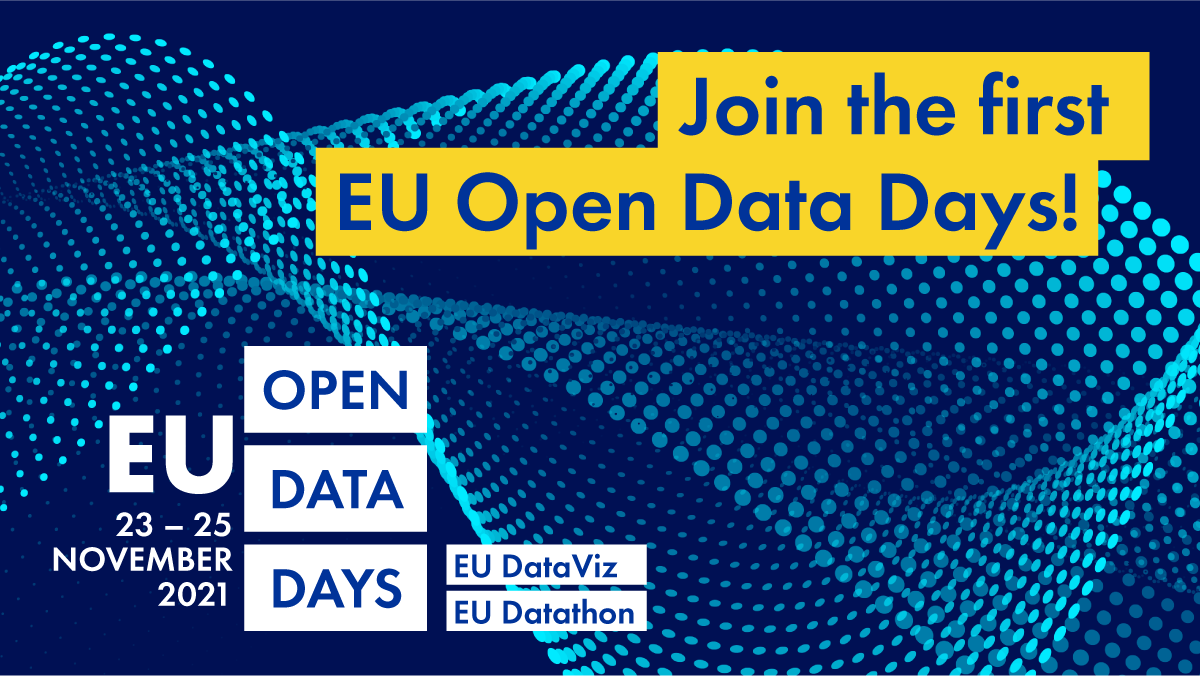 |
1200x675 | |
| 1080x1080 | ||
 |
1080x1080 | |
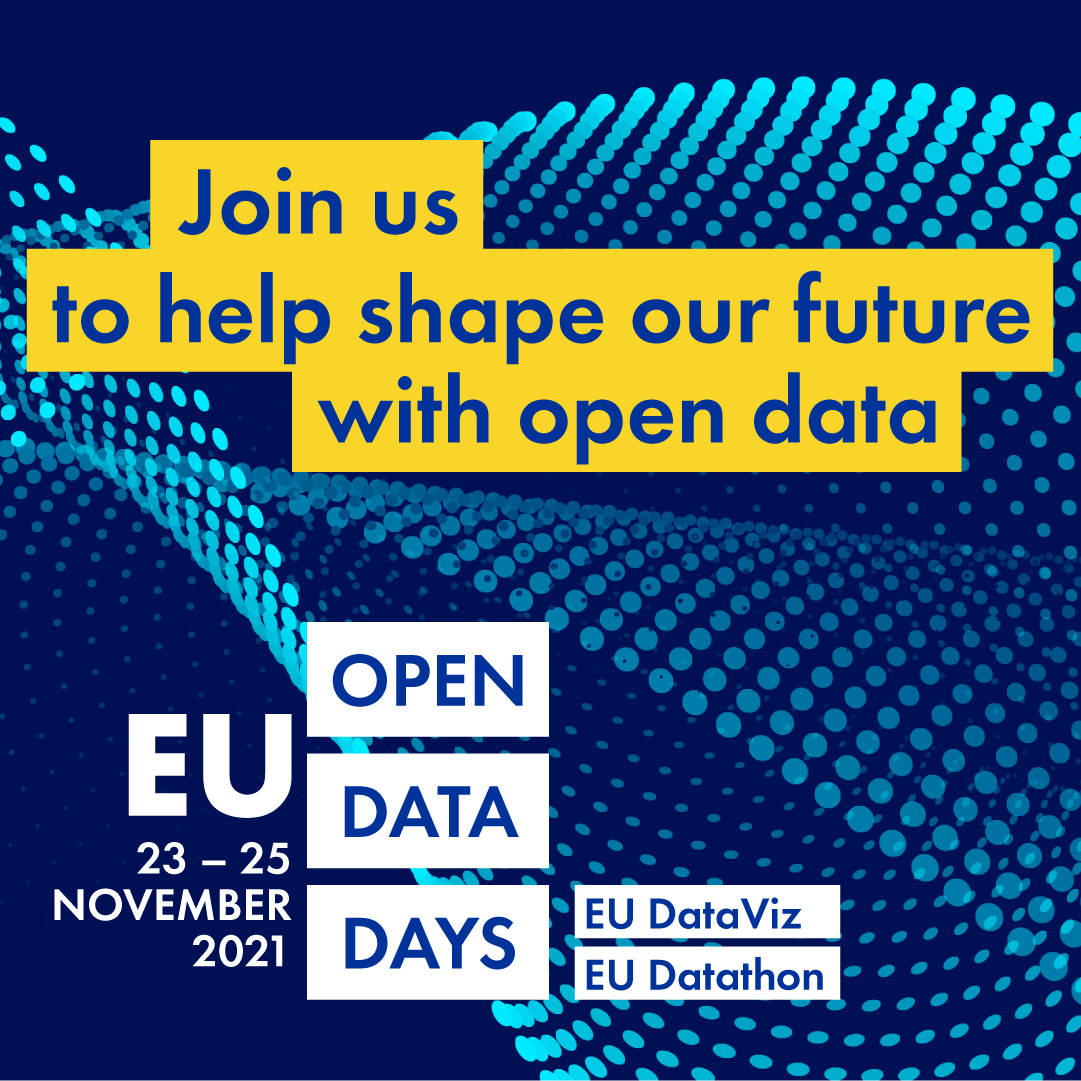 |
1080x1080 | |
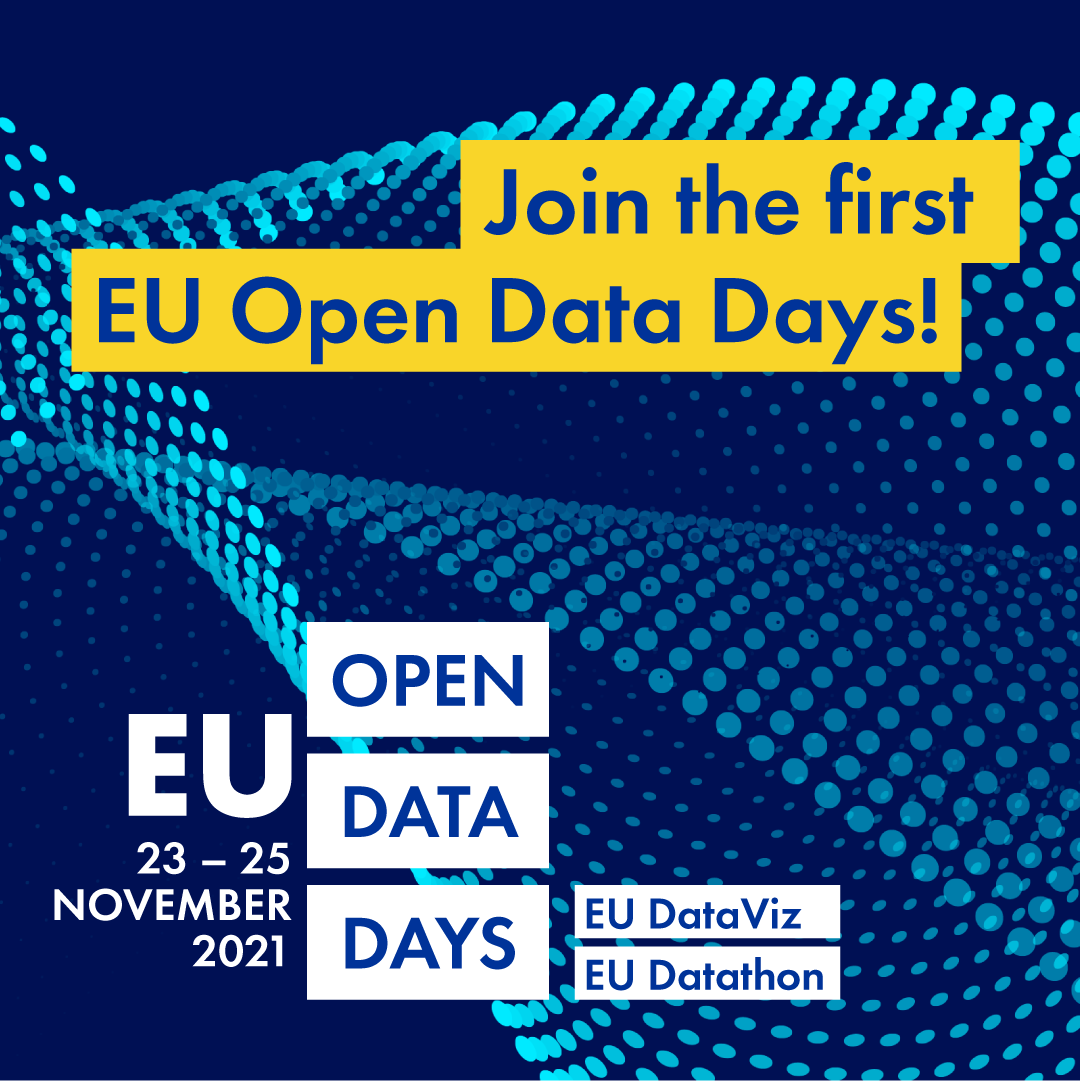 |
1080x1080 | |
 |
800x372 | |
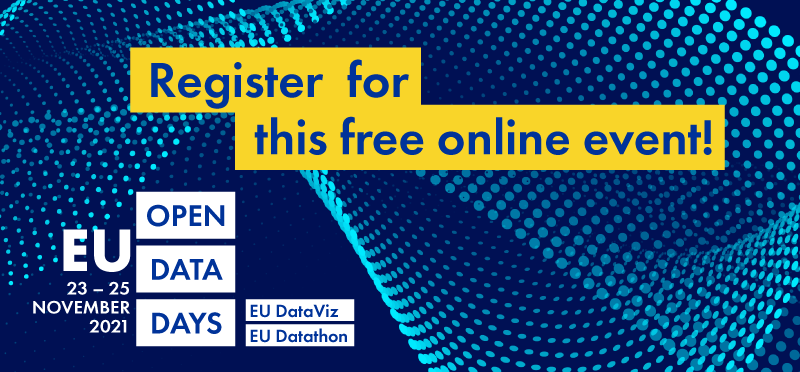 |
800x372 | |
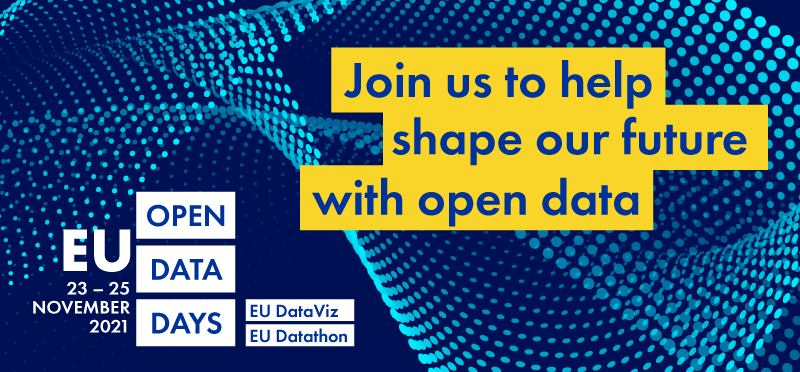 |
800x372 | |
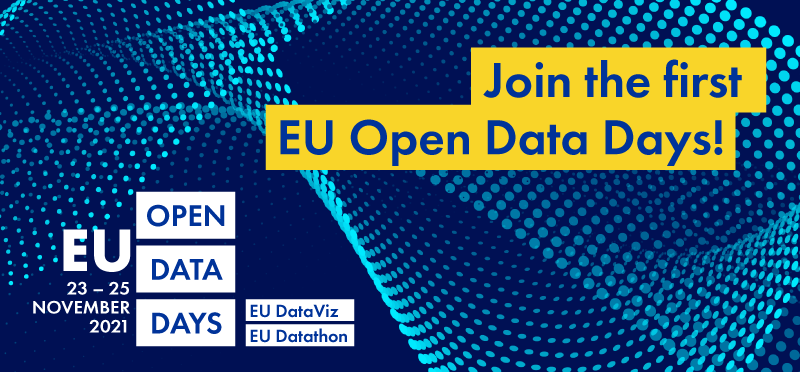 |
800x372 | |
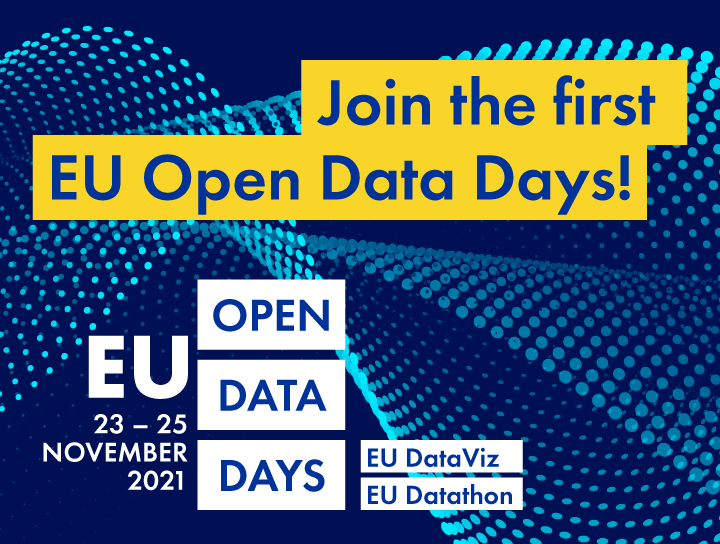 |
720x543 | |
 |
703x210 | |
 |
543X720 | |
 |
1200x675 | |
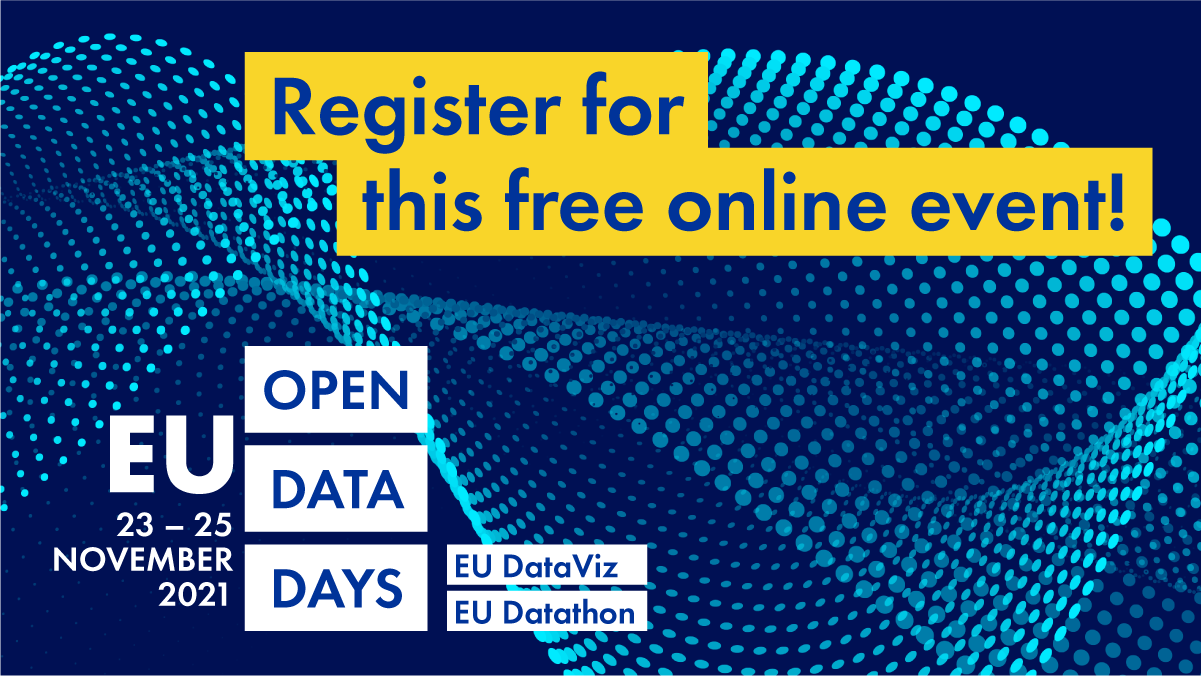 |
1200x675 |
Any questions?
Privacy statement
Stay informed

















































